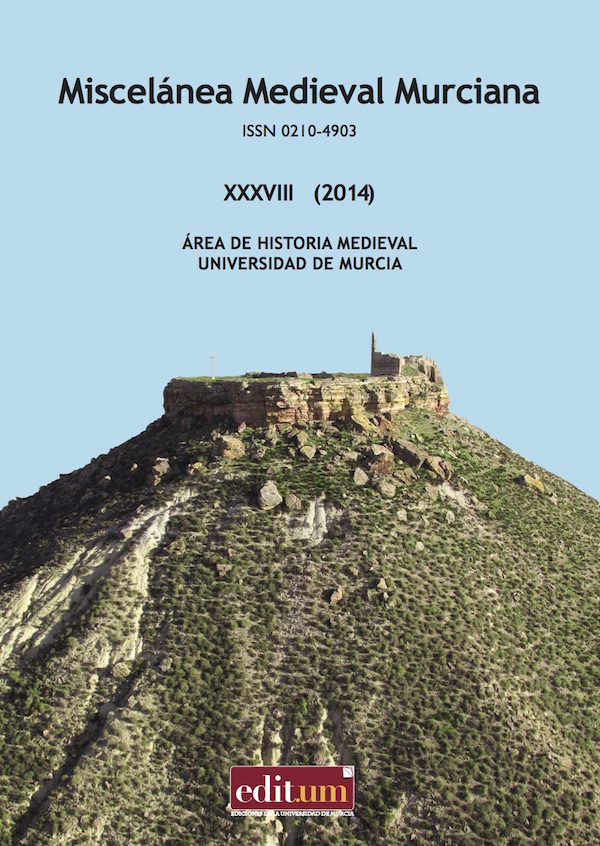La explotación de los molinos del puente mayor de Tudela (1350-1432)
Abstract
The stone bridge of Tudela, built during the reigns of Kings Sancho VI -also known as “The Wise King”- and Sancho VII -called “The Strong King”- served as a platform to raise a series of flour mills, which already existed in a previous bridge from the Islamic period. The use of these mills is documented since the 10 th century and in the period covered in our study, many of them had clear Arab reminiscences in their names, the meaning of which has been analyzed in this study. This paper addresses also the different types of exploitation in the mills of the bridge of Tudela in the 14th and 15th centuries. On the other hand, the transformation in the year 1387 of a flour mill into a fulling mill -along with the creation of a dyeing house and a cloth puller in the surroundings of the bridge- fits within a framework of economic growth and promotion of production driven by Carlos II.
Downloads
Las obras que se publican en esta revista están sujetas a los siguientes términos:
1. El Servicio de Publicaciones de la Universidad de Murcia (la editorial) conserva los derechos patrimoniales (copyright) de las obras publicadas, y favorece y permite la reutilización de las mismas bajo la licencia de uso indicada en el punto 2.
2. Las obras se publican en la edición electrónica de la revista bajo una licencia Creative Commons Reconocimiento-NoComercial-SinObraDerivada 3.0 España (texto legal). Se pueden copiar, usar, difundir, transmitir y exponer públicamente, siempre que: i) se cite la autoría y la fuente original de su publicación (revista, editorial y URL de la obra); ii) no se usen para fines comerciales; iii) se mencione la existencia y especificaciones de esta licencia de uso.
3. Condiciones de auto-archivo. Se permite y se anima a los autores a difundir electrónicamente las versiones pre-print (versión antes de ser evaluada) y/o post-print (versión evaluada y aceptada para su publicación) de sus obras antes de su publicación, ya que favorece su circulación y difusión más temprana y con ello un posible aumento en su citación y alcance entre la comunidad académica. Color RoMEO: verde.





